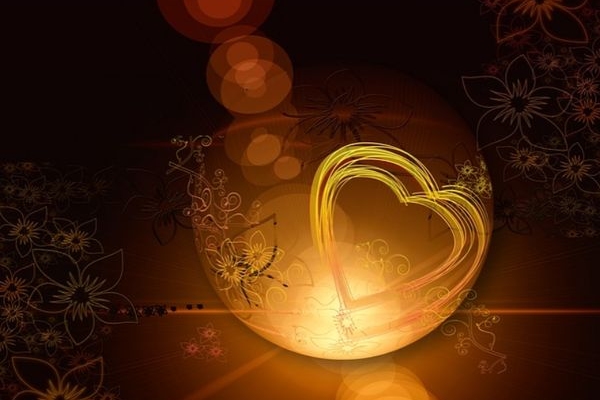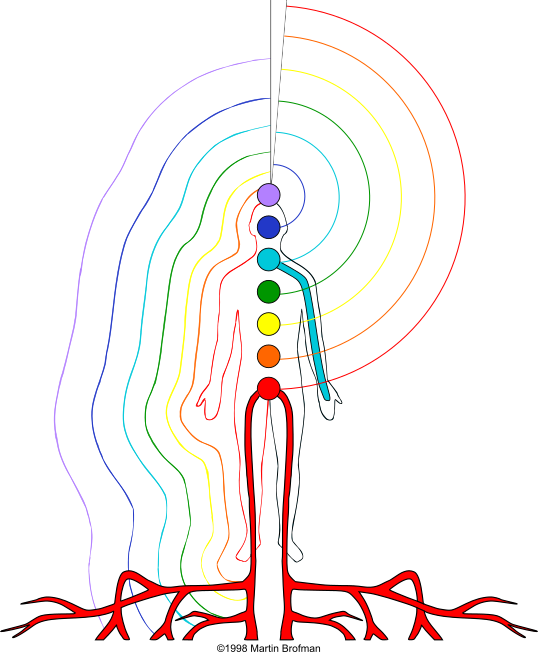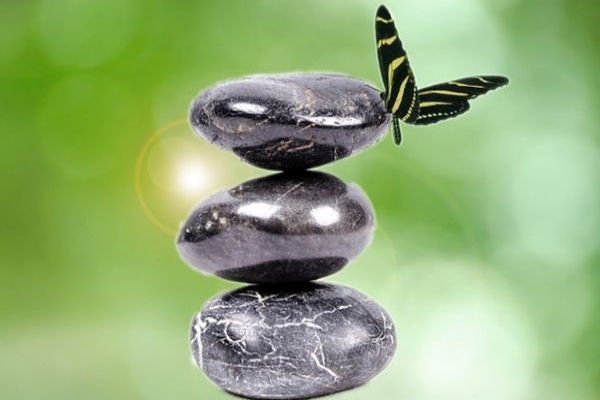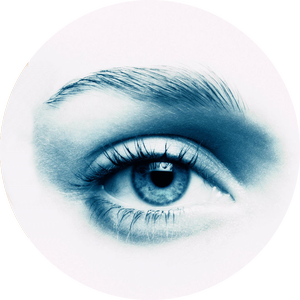
Owning Your Power
18 January 2018
Accepting Your Healing
18 January 2018We define healing as “returning to the experience of balance (harmony) and wellness.” One who heals another is helping the other return to the experience of wellness. Those healing themselves, or involved in self-healing, are returning themselves to the experience of wellness.
The word “healing” is used to describe the process that has as its intention the return to wellness of the subject, the person receiving the healing. It is also the name we give to the end result when the process is successful. We say that the person has had a healing, and is healed.
The degree of success of the healing may be partial or total. When it is partial, the person has experienced some kind of improvement. We say that they have experienced a healing, with partial results (so far). When the effects are total, we say that the person has been healed.
A “healer” is someone participating in the process of healing, having the intention of helping the subject return to the experience of wellness. We also use the same name to describe someone who has had successful results in this role in the past. Since only healers can heal, anyone who has successfully performed a healing must be a healer.
What is implied is that those we call healers have the ability to have successful results with the process. We believe that everyone is born with this ability and only needs to learn how to use the tools they already have. To this degree, we believe that we are all healers, either latent or accomplished.
As with medicine, results of healings may not be guaranteed. When the process is successful, however, it is because of a combination of conditions that have been met, and which can be quantified. These include the degree of skill of the healer in using the tools available to him or her; the degree to which the one needing the healing is open to it, and to the process of change that necessarily accompanies it; and also the dynamics of interaction between the healer and the healee, the subject of the healing.
Obviously, many levels of healing are possible, including physical, mental, emotional, and spiritual, and also many categories of healers. Some healers work with energy from God and feel they are only channels for the work being done by God. Others work with more of a sense of personal involvement in the healing, feeling it is they who are doing something, and they may not even believe in God. Either way, people are being healed.
There is no reason for anyone to continue to suffer if a means of relief is available, as a humanitarian gesture freely offered by someone with different beliefs and having the appropriate tools and skills.
Some healers work with ideas of maintaining the purity of the vehicle through which the healing energy must pass, their body, and others work with the idea that the love that heals is pure, regardless of the individual fuel requirements or the condition of the vehicle they call their body. Some healers eat meat, while others are vegetarians. Some shamanic techniques involve the use of drugs, while other healers avoid them. Some healers use substances such as herbs and various kinds of medicines, while others work only with the power of consciousness. Some healers feel good to be around, while others are best loved from a distance. What all have in common is that they have the ability to help another Being return to the experience of wholeness. They all serve the community around them by doing something that helps the members of that community.
When we consider all this, it is evident that there is no way that you must change your way of being in order to enter the community of healers. The first rule is just to be yourself and to do whatever works best for you, even if you do it differently from everyone else around you.
It doesn’t matter what your personal habits are, or your eating habits, sexual habits, or social skills. Your value to the community is your ability to heal others.
When you are successful with that, you are a healer, and that is something that can never be taken away from you, or invalidated by any other person, whatever their limiting ideas may be.
When functioning as a healer, you are a member of a community of healers that extends into every segment of our population, fitting in with the milieu in which it functions. Healers are in every part of society where healing is needed, and until now, no segment of our society has been exempt. Even healers sometimes need healing.
Some healers work in the scientific community, others in the spiritual community, the military, and in politics. Healers are found in the well-respected and socially acceptable circles of society, as well as in subcultures and countercultures such as motorcycle clubs, punks, prostitutes, and members of the drug communities.
Being able to use a set of tools effectively to heal another does not make one inherently more powerful or better than another, any more than knowing how to read makes one more powerful or better than another. Both are valuable skills that anyone can learn, and that are, in fact, taught to children. How can we inflate ourselves over our ability to use tools that can be learned by six-year-old children?
The tools that are used by us in the Body Mirror System of Healing include feeling and directing energy, and reading the body as a map of the consciousness within, in order to understand the inner cause to symptoms, so that the tensions representing the inner cause can be released, along with the symptoms of those tensions.
It’s important to understand that what we are working with is the consciousness of the individual who has been affected, since we understand that all symptoms begin there.
It’s true that symptoms manifest through physical cause-and-effect reality, but it is important to understand that this only happens when the conditions for the symptom exist in the consciousness of the person affected.
Our natural state is balance, and health, and wholeness. When there is tension in a person’s consciousness about something happening in their life, the person is out of their natural state of balance, and if that tension reaches a certain level of intensity, it manifests on the physical level as a symptom. The symptom speaks a language that reflects the idea that we each create our reality, and when it is described from that point of view, the metaphor of the symptom becomes apparent.
If the effect of the symptom is to not walk, for example, we can say that the person has been keeping themselves from walking away from a situation n which they are not happ0y. If they have difficulty with their vision, we can say that there is something they don’t want to see, or that they have avoided looking at. The person’s body is saying, “This is what you have been doing to yourself.”
This dynamic is what we understand as the Human Directional System. The first level of communication with our Higher Self is our intuition. If we don’t listen at that level, we get the louder message in our emotions, feeling more and more resistance in our emotions as we move in the direction that is not good for us, representing resistance on our path. If we still don’t listen, we are guided to an experience to create a symptom on the physical level, in order for us to understand what has been happening in our consciousness about something going on in our life.
If a symptom exists and we something different than we have been doing, the symptom has no further reason for being there, and it can be released, according to whatever we can allow ourselves to believe is possible.
The healing happens when the tensions, the inner cause, are released from the consciousness of the person affected. We can achieve this with whatever we use and understand as healing tools, or with energy work, or in fact, with anything that can have the same effect of bringing about a change in the consciousness of the person affected. Thus, even a simple conversation can be considered a healing if it has that effect.
Anyone can learn to use the healing tools we use.
Anyone caring enough for someone can have a conversation with them that can bring about a healing change in their consciousness, perhaps even saving their life if the conversation gives them a new reason to face life.
Anyone can heal.
Thus, we are all healers, and we believe that anything can be healed.
© 2010 Martin Brofman








